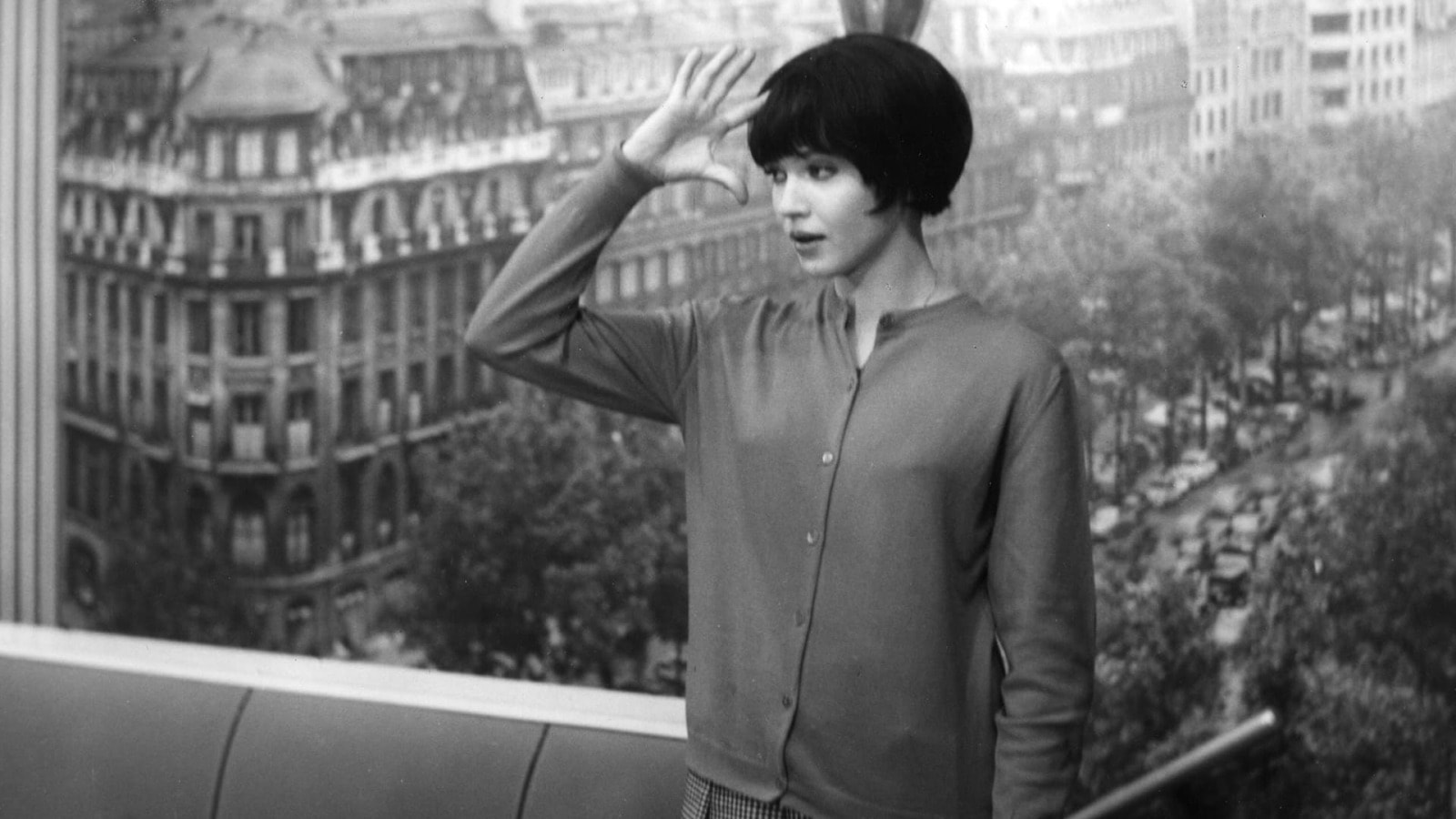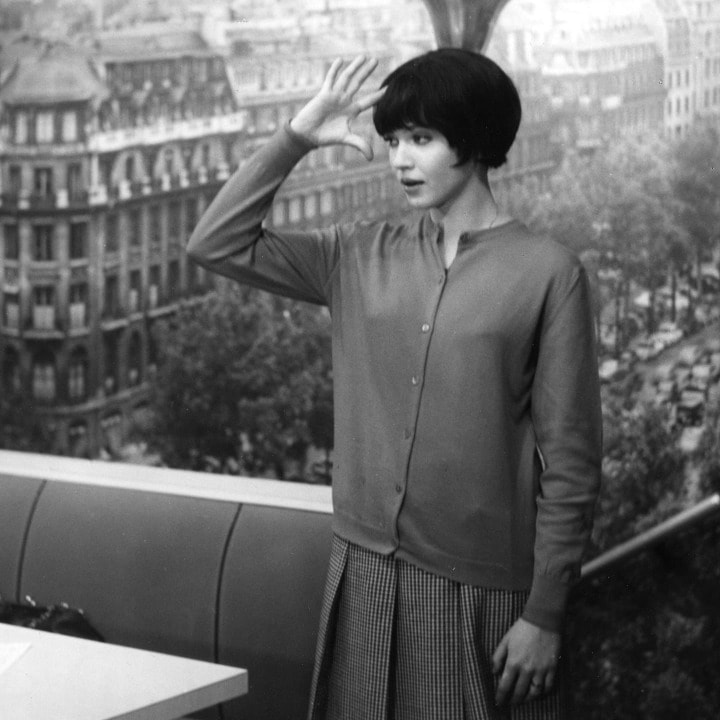Jean-Luc Godard’s feminist manifesto, which won the Grand Jury Prize at the 1962 Venice Film Festival.
Sketches from the life of a young Parisian woman who cannot accept the scenarios of everyday existence. Dreaming of becoming an actress, she leaves her husband and young son, but is forced to sell her body, which leads to a tragic end.
My Life to Live is iconic both as a Godard film and within the French New Wave. The image of Anna Karina crying during Dreyer’s The Passion of Joan of Arc is one of the most reproduced in the history of cinema. In the early 1960s, Godard was not yet the ideologue of the new left and student protests but was already the idol and face of the new cinematography. In My Life to Live, which is like a female version of Breathless, he openly criticizes consumerism, the film industry, and how a woman can turn into a product, while continuing to work in cinema and maintaining a dialogue with films and not politicians.
Despite the cinéma verité aesthetic, the film seems to develop in two dimensions: reality and myth. The former is thanks to the camera of Raoul Coutard, a long-time ally of the director, improvisations, everyday views of Paris and the innovative direct recording of sound on set. The latter is a result of modernist montage techniques, the fragmentary nature of the narrative, and the face of the main character, the unforgettable Anna Karina, Godard’s wife, who the camera observes with loving eyes. Godard famously stated that all that is needed to make a film is a girl and a gun. The secret of My Life to Live may be that the gun is pointed at a girl with whom the viewer empathizes.
The film will be shown in French with Russian subtitles.
My Life to Live
Director: Jean-Luc Godard
France, 1962. 83 min. 18+

